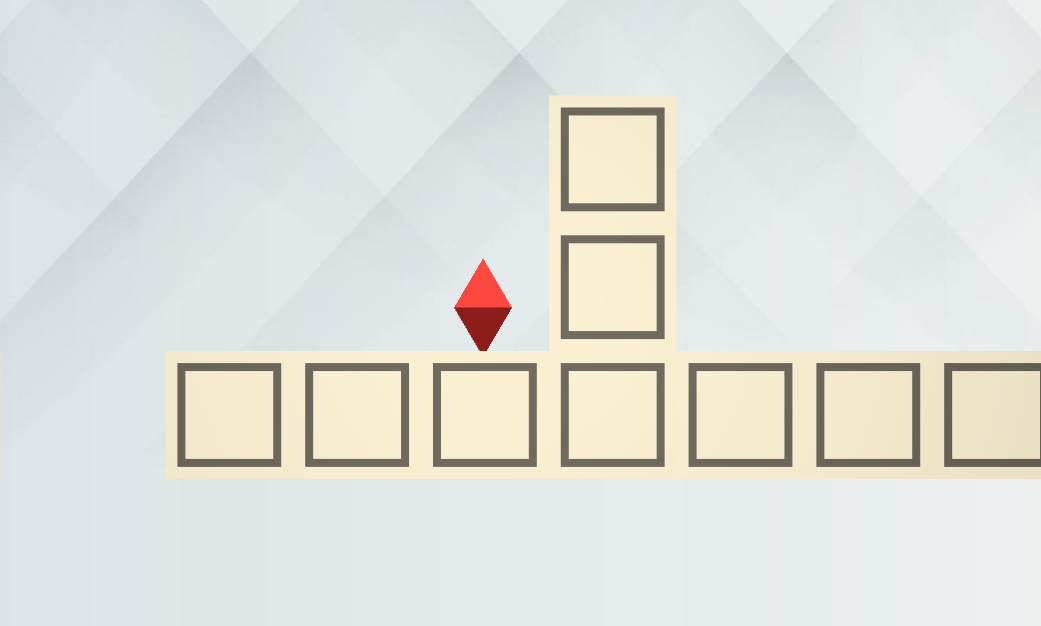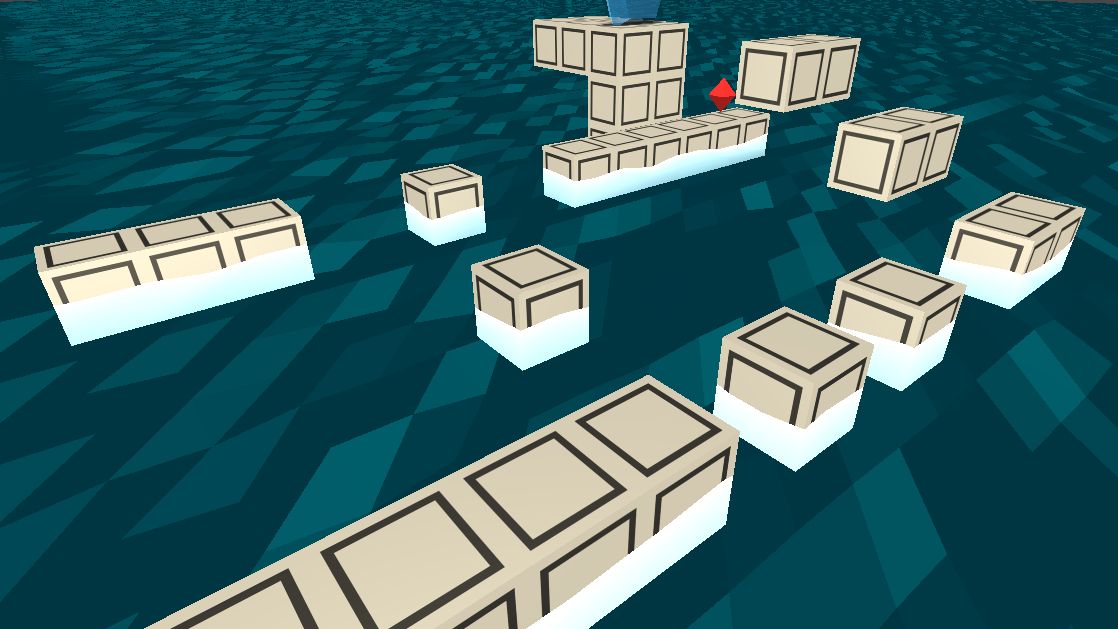X - Y - Z
Platforms: PC & Console
X-Y-Z is a perspective-switching puzzle game, inspired by Monument Valley & Paper Mario: The Thousand-Year Door.
The player is equipped with the ability to shift perspectives and must use this in conjunction with their wits and platforming skills to traverse any obstacles and puzzles that lie in their way.
Responsibilities:
Prototyping (Paper, 2D)
Gameplay Programming
Level Design (Lvl 4)
X-Y-Z was a collaborative project, made by a team of 4 people. It started with the games concept and we used agile development methodologies to create a paper, 2D and finally 3D vertical slice of the game. We fleshed out the initial concept and core mechanics together and then each worked on our own level designs.
My role involved iterating the mechanics, prototyping, designing level 4, and programming the Unity builds. I also acted as Scrum Master throughout the project and utilised Trello to keep the deliverables on track.





